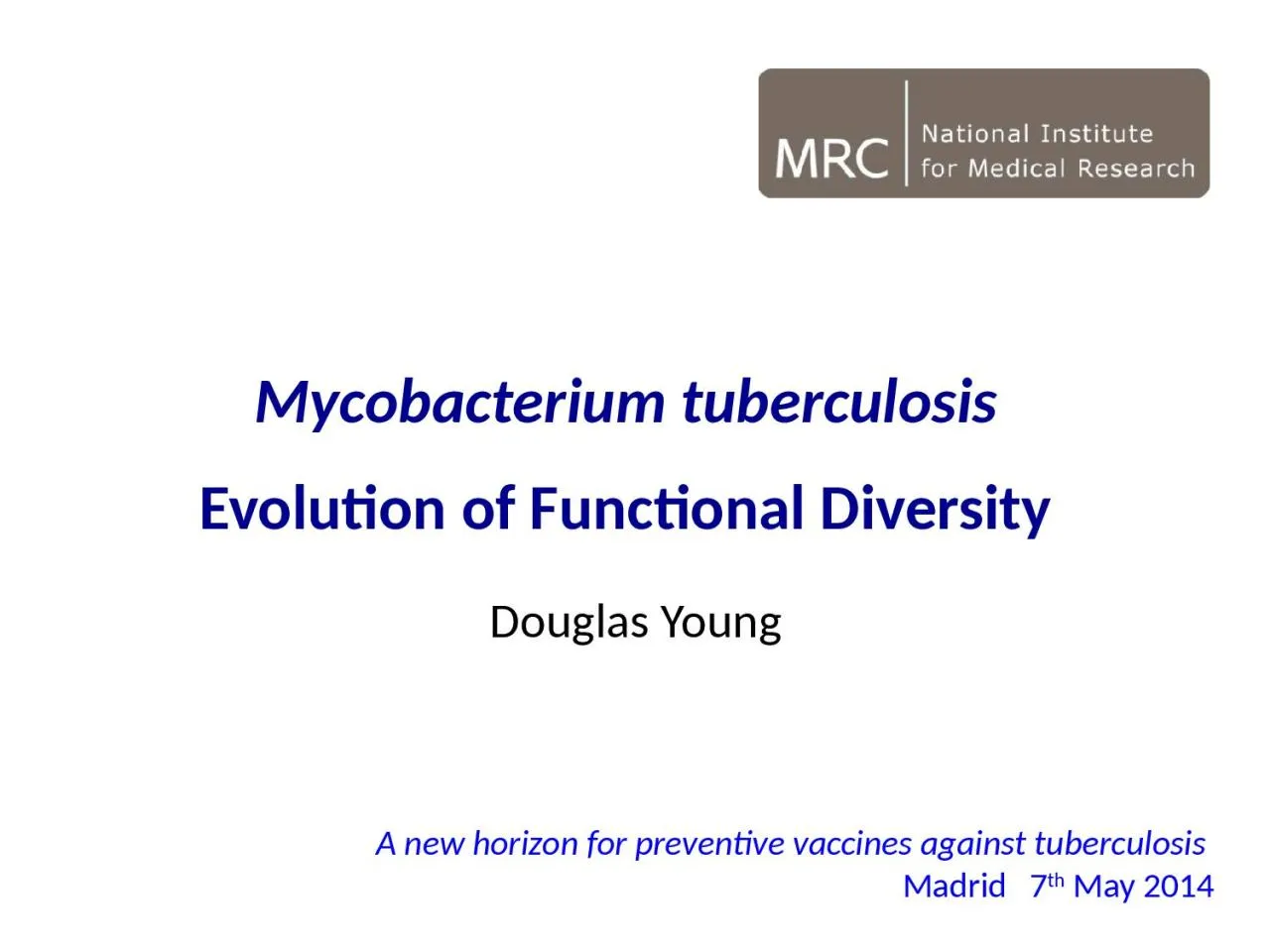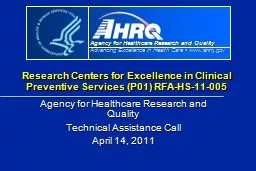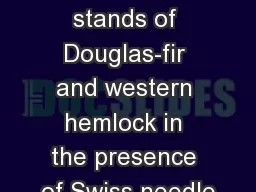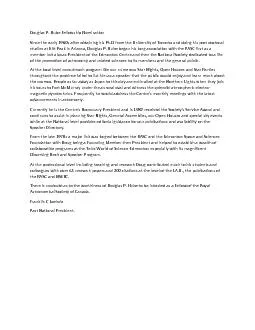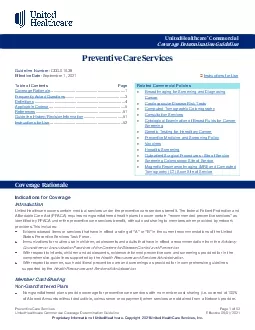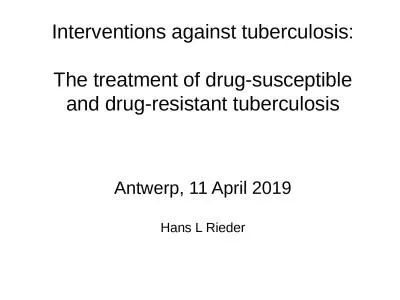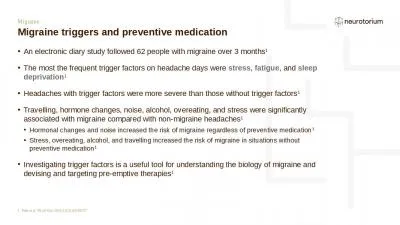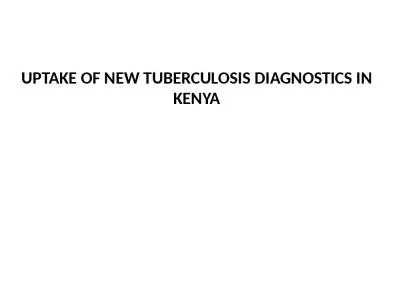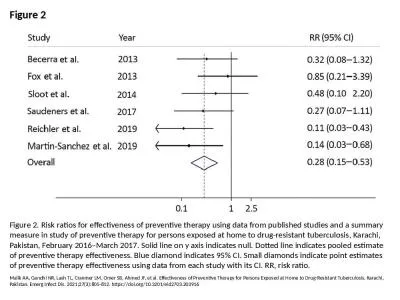PPT-Douglas Young A new horizon for preventive vaccines against tuberculosis
Author : freya | Published Date : 2022-06-01
Madrid 7 th May 2014 Mycobacterium tuberculosis Evolution of Functional Diversity 844 badgers caught and sampled disease detection by serology 262 captured
Presentation Embed Code
Download Presentation
Download Presentation The PPT/PDF document "Douglas Young A new horizon for prevent..." is the property of its rightful owner. Permission is granted to download and print the materials on this website for personal, non-commercial use only, and to display it on your personal computer provided you do not modify the materials and that you retain all copyright notices contained in the materials. By downloading content from our website, you accept the terms of this agreement.
Douglas Young A new horizon for preventive vaccines against tuberculosis: Transcript
Download Rules Of Document
"Douglas Young A new horizon for preventive vaccines against tuberculosis"The content belongs to its owner. You may download and print it for personal use, without modification, and keep all copyright notices. By downloading, you agree to these terms.
Related Documents

